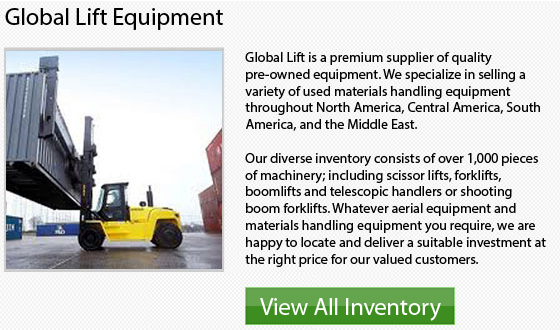
On the market nowadays are forklifts which are classed in 7 different categories. Classes 1-4 consist of lift trucks which are engineered particularly to utilize on smooth indoor surfaces. They may be chosen for particular factors of recycling that happen in those kinds of settings. For more intensive outdoor recycling operations, Class VII and V lift trucks are typically used.
A lot of businesses have a few or all of their operations outside and need to deal with workloads considered extreme. Their lift truck selection will gravitate toward IC or Internal Combustion machines in Class V and Class VII. These models work well in any climate and have enough power to run heavy things during the course of a shift.
Another key thing to take into consideration is to utilize a forklift safely. Understanding and acknowledging the center of gravity is necessary when driving a lift truck, specifically while traveling on uneven terrain. Recognizing the stability triangle in these difficult work conditions is also very important.
Warehouses, manufacturing operations, and the supply area for many textile firms can have various kinds of reach trucks. Using a reach truck to stock finished goods on pallets, a range of materials and other pieces of machines is common. These machinery really help in keeping a facility organized and allow them to utilize the maximum amount of area by stacking vertically. Reach trucks are fairly easy to operate. They can help make better use of both time and available storage space.
If you are going to be using your lift truck equipment 4 to 8 hours per day, it is extremely recommended to buy new. The warranty alone could come in handy with such continuous use. If, on the other hand, you are just unloading and loading on a bi-weekly basis or not very often, then a used model could be suitable for your requirements. Every situation is different and you will need to evaluate your personal needs prior to choosing the ideal equipment.